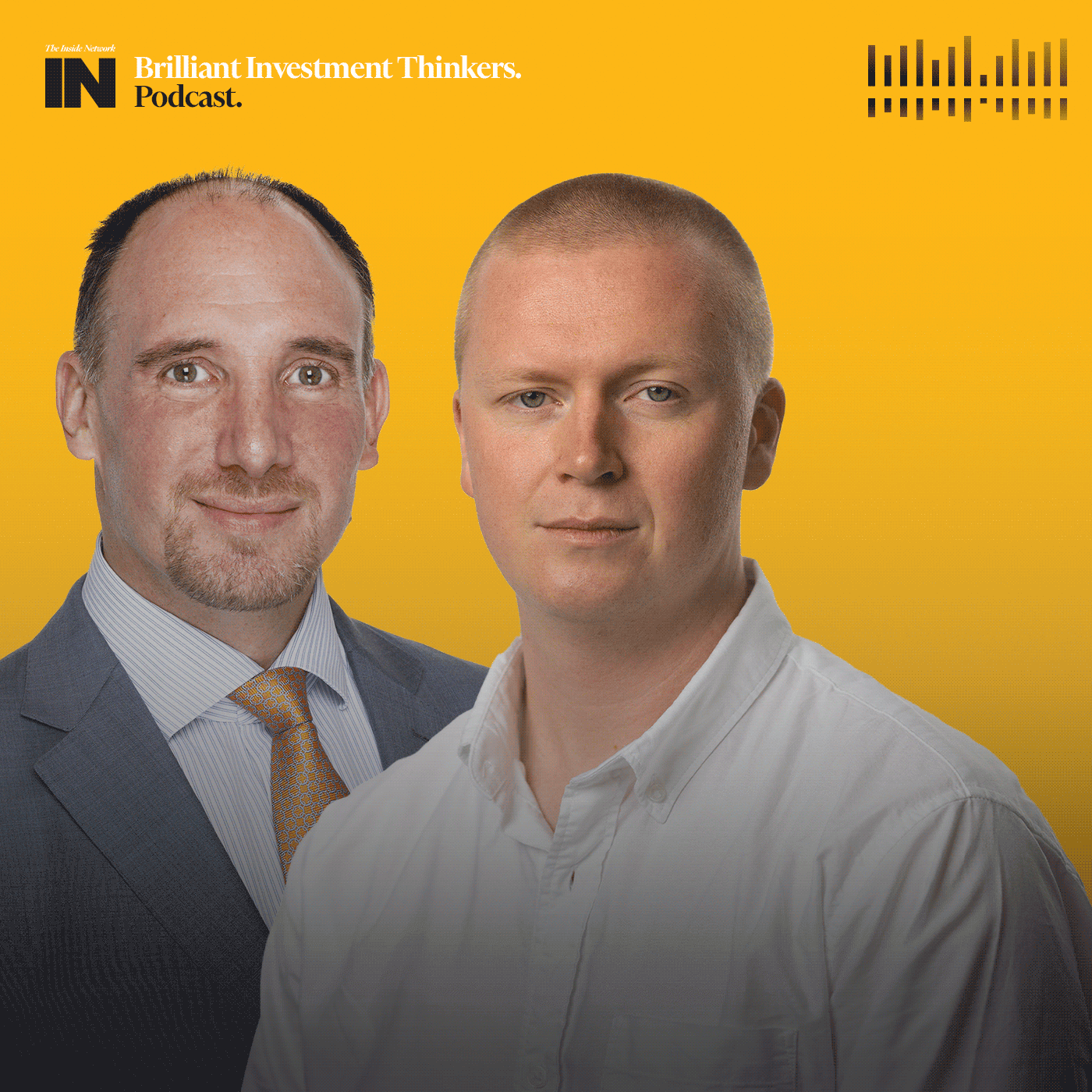‘Every domino that fell knocked over ten more’: Alceon’s learnings from Babcock & Brown
“It’s worth noting that more than anything else that’s come out of the (Babcock & Brown collapse), our mantra has been to respect the fact the cycle seems to come around every ten years,” Trevor Loewensohn, founding partner and managing director of Alceon, told the Inside Network’s Alternatives Symposium. “It happens every time, and you have to be mindful of it as you play out your investment strategy.”
Loewensohn, already a veteran investment banker, joined B&B in 2005 after helping it IPO during his time at UBS. It had been a client of his for more than 20 years before he jumped ship. B&B was one of the bigger, more surprising collapses of the GFC, a victim of too much debt and not enough confidence in the same story that played out in hundreds of companies around the world.
“Unlike what we’re going through now, the warning signs were not as obvious,” Loewensohn said. “The markers that we were about to end the cycle were not as clear, although in July of 2007 in the Northern Hemisphere there were some wobbles and a whole lot of IPOs got pulled at that time.
“Then a whole lot of people got back from their holidays and said, “Let’s keep going”, But I don’t think anybody fully understood the underlying issues in the various securitisations – CDOs, CLOs, RMBS markets – at all. There was either delusion in that respect or they didn’t want to look or they didn’t understand. I think it caught most people by surprise. Anybody who says they saw it coming – that’s very rare.”
Things actually are different this time. People came into the GFC “structurally underprepared” – more highly geared, more aggressive. There have been some learnings from that cycle, but there weren’t many people willing to step back in 2020-22 and recognize that some of the valuations were “stupid – across a lot of asset classes.”
“People forget about risk as they come to the end of a cycle – it happens every time. You have to have been through a few of them in order to be ready to adjust when the time comes, and to be prepared to miss out on the upside that everybody else thinks they can see when a cycle is coming to an end,” Loewensohn said.
B&B took a long time to actually fail; it was a stressful 12-month period where “every domino that fell knocked over ten more” before it went into quasi-administration and Loewensohn started selling off assets for its banks. It was also during that time that Alceon was born.
Alceon now has $4 billion in FUM, $3 billion of which is in real estate, with $2 billion of that allocated to private debt. It’s historically played in the private mid-market – deals that “are too small for the big guys and too big for the small guys” – and remains resolutely private.
“What we didn’t want to be is listed. With great respect to listed fund managers and some good friends in the room, it’s a hard business to run in a listed world and it’s a hard business to run with external shareholders, because they keep demanding growth and that you keep going when you might want to pull back in a cycle.”
“Being private and being fully owned by staff means we can adjust our desires with acknowledgement for what the market is telling us.”











